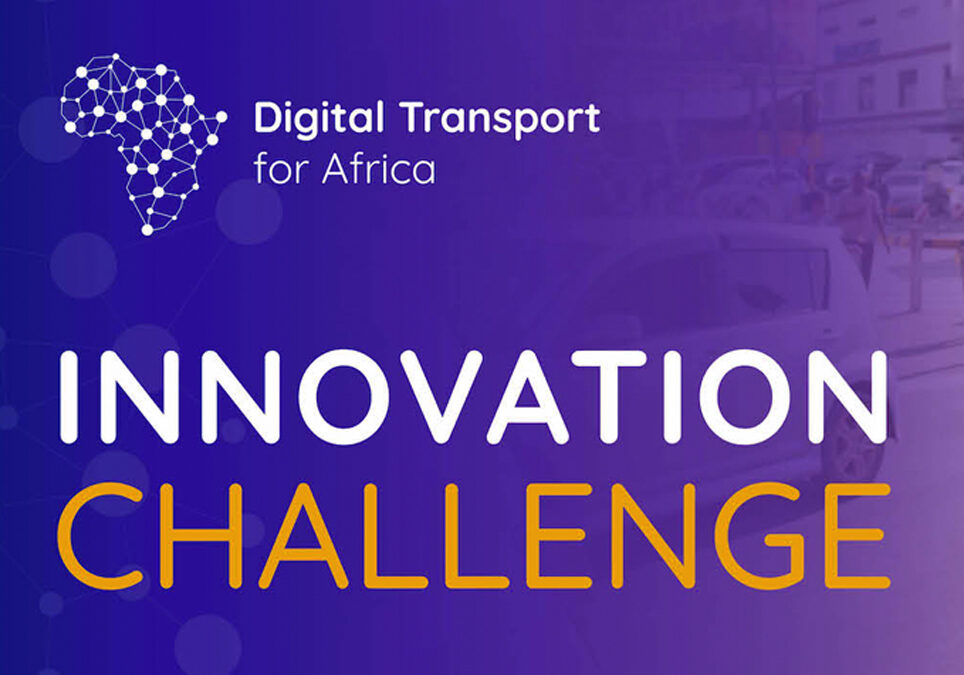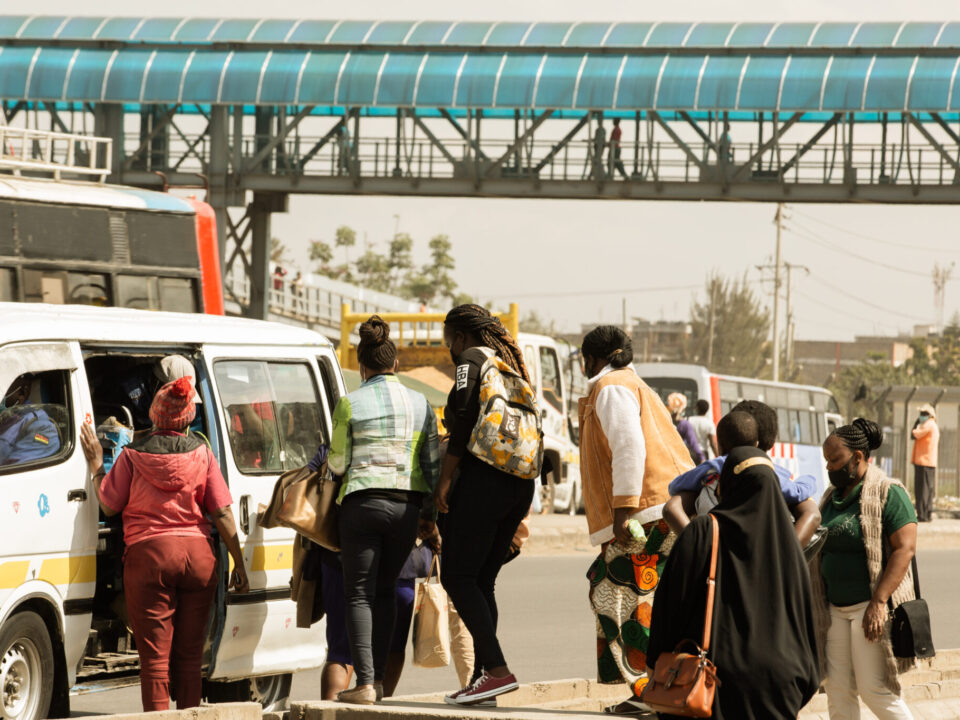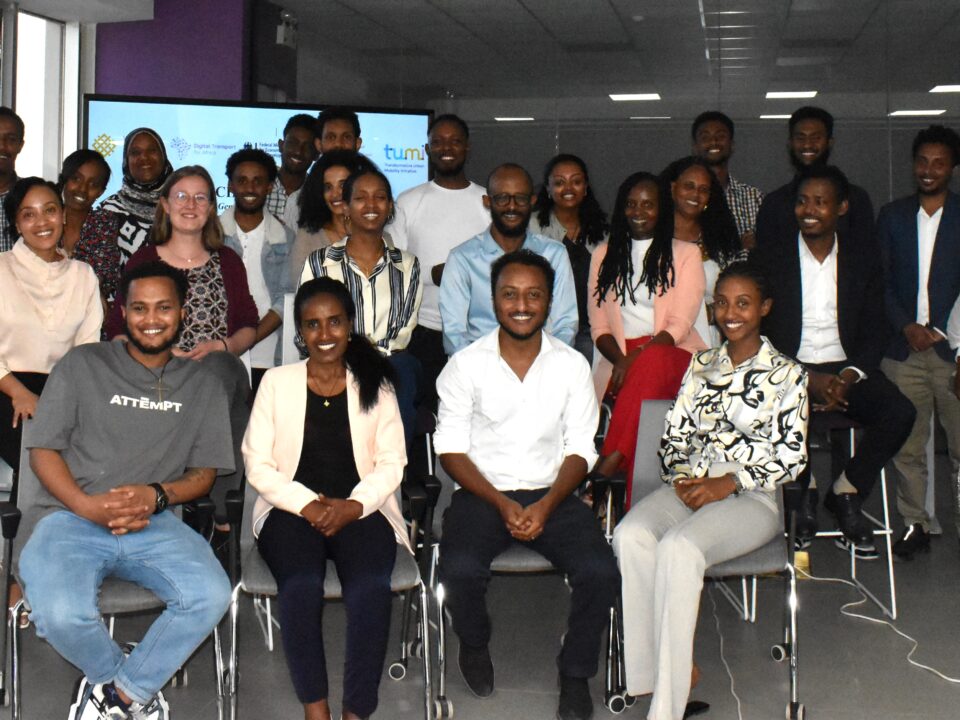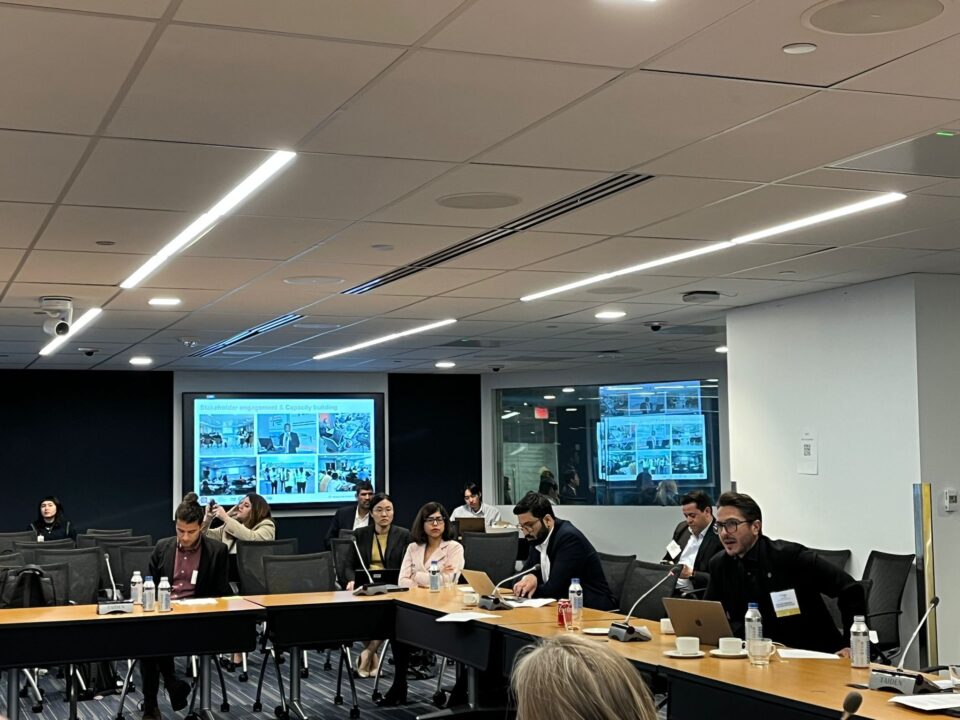
DT4A Innovation Challenge Updates: AddisMap
21 December 2023
DT4A Innovation Challenge Updates: GoMetro
21 December 2023DT4A launched the DT4A Innovation Challenge in December 2021 to spotlight and award innovative urban mobility mapping initiatives. The first four winners of the DT4A Innovation Challenge were chosen in June 2022 from more than 100 submissions. AddisMap (Ethiopia), Ewarren (Côte d’Ivoire) and GoMetro (South Africa) are now in the midst of a 12-month implementation period and telling their stories of impact across Africa.
Explore the remarkable journeys of the DT4A Innovation Challenge winners as they share their firsthand experiences, insights, and achievements in this exclusive Q&A interview. Gain valuable insights into the implementation and impact of their innovative ideas, including the challenges they faced and the remarkable outcomes they achieved. Additionally, hear from transport officials representing cities that have directly benefited from these innovations, such as Abidjan and Addis Ababa. Learn from their expertise and discover the transformative potential of their groundbreaking solutions.
Explore the remarkable journeys of the DT4A Innovation Challenge winners as they share their firsthand experiences, insights, and achievements in this exclusive Q&A interview. Gain valuable insights into the implementation and impact of their innovative ideas, including the challenges they faced and the remarkable outcomes they achieved. Additionally, hear from transport officials representing cities that have directly benefited from these innovations, such as Abidjan and Addis Ababa. Learn from their expertise and discover the transformative potential of their groundbreaking solutions.
eWarren Mobility, Abidjan, Côte d’Ivoire
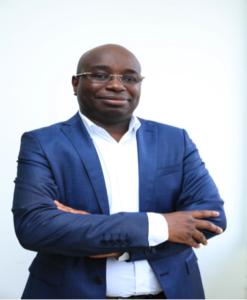
Karamoko Camara, CEO & Founder, Ewarren
What motivated Ewarren’s participation in the DT4A Innovation Challenge 2021, and how does your innovation specifically address key challenges in African urban transportation?
Ewarren’s motivation for participating in the DT4A Innovation Challenge 2021 was driven by the desire to address two key challenges faced not only by Abidjan city but also in most African urban transportation. These challenges revolve around the lack of mobility and financial data in the popular transport system, which hinders its integration into future mass transit systems. To tackle these challenges, we have developed innovative solutions:
- Firstly, we have meticulously mapped the existing popular transport network and provided a comprehensive map in static GTFS format, enabling a better understanding of the network and its potential integration with future mass transit systems.
- Secondly, we have seamlessly integrated the static GTFS into the eWarren mobility platform, in the aim of creating the first-ever passenger information system for popular transport networks. This system is continuously updated through our ticketing and digital payment solutions, which also serve as a valuable source of financial data for stakeholders.
Once we learned about the DT4A challenge, we immediately applied, recognizing the potential for funding to support our efforts in tackling the aforementioned challenges. Moreover, we were eager to leverage the opportunity to connect and network with relevant stakeholders actively involved in the transportation sector. The DT4A initiative provides an ideal platform for fostering connections and collaborations that can further enhance our innovation and its impact on urban transportation in Africa.
Could you share the main challenges encountered during the implementation of your initiative? How did you overcome these challenges, and what valuable insights or lessons did you gain from these experiences?
Our big challenge was the availability of the municipality transport authority. To overcome this challenge and to get the relevant information about routes and stops, we have collaborated with unions and drivers from each municipality to identify all routes and stops along with the fare for each route. Without the help of these guys, we were not able to provide the accurate dataset around the popular transport in the district of Abidjan. I would strongly encourage AMUGA and other authorities to involve unions and drivers in all projects around the popular transport in Greater Abidjan.
Collaboration with government institutions and stakeholders plays a crucial role in implementing projects. What has been the most interesting aspect of working with these entities on your project, and how has their collaboration contributed to its success?
The highest urban transport authority in Greater Abidjan is AMUGA. We got full endorsement from AMUGA about our mapping project in the district of Abidjan. This endorsement has been materialized by providing the Ivorian government vision of the popular transport in the future mass transport system. This vision helps the Ewarren team to provide data that is needed. We are currently working with AMUGA to provide a mobility app for visitors coming to Côte d’Ivoire in January and February to participate in the soccer competition. The conception and development of this mobility app is based on the dataset collected during the mapping project in the district of Abidjan. We are also working with them to provide dataset in the context of the mobility observatory project, so we got a good collection with AMUGA.
Has your project achieved its intended goals? Reflecting on the implementation process, is there anything you would have done differently or any additional components you would include if given the opportunity to start again?
Definitively, we are behind our goals and the perspectives for Ewarren today are more than what we planned at the beginning of this important project. We are working to replicate the same process in the other francophone countries. To start again, we will focus only on unions and drivers to implement the project and avoid any “bureaucratic stuff” and then provide the transport authorities with the outcome and the suggestions. We would also recommend more funding to implement the project as our process is to map all the routes and stops and not a sample of the routes and stops.
Looking ahead, what are your plans for the long-term sustainability of your project? Do you have any strategies to scale it to other cities or regions?
We have 2 options: The first option is to work with Unions/Drivers to implement our solution in each municipality. The second option is to work with transport authorities to implement our solution in each municipality. I would love to work with transport authorities to accelerate the transformation of popular transport and its integration into the future mass transportation system under building in most francophone countries.
